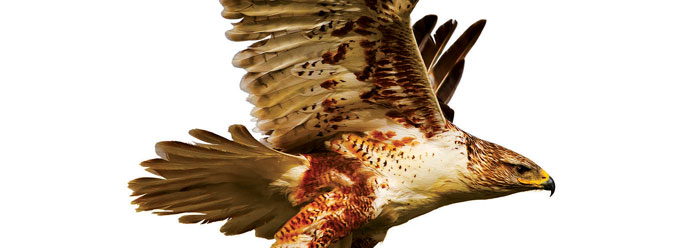
Water Near Edge of Universe Bolsters Creation Cosmology
A tremendous cloud of water vapor envelops a quasar in distant space, according to new reports. Where did the water come from? A straightforward understanding of the biblical account of creation provides a possible answer and suggests that this may be the first of more such discoveries.

Fit for Flight
Why are pilots and airplane mechanics so meticulous in their upkeep and maintenance of aircraft? The fact that one critical misstep would spell disaster shows that anything that flies must have many interdependent parts that are all narrowly specified for flight.

Messenger Spacecraft Confirms: Mercury Is Unique
Mercury, the closest planet to the sun, rotates so slowly that one day there lasts about 59 earth days. The planet has only three days in each of its years, and the sunny side is so hot that lead would easily melt on its surface.

Tadpole Faces Form by Bioelectric Patterning
How does a single-cell egg turn into a swimming, metabolizing, hunting tadpole? Common understanding holds that frog DNA carries the required instructional building plans. However, developmental biologists serendipitously discovered that tiny facial features were outlined with bioelectricity just prior to their formation inside frog eggs.



